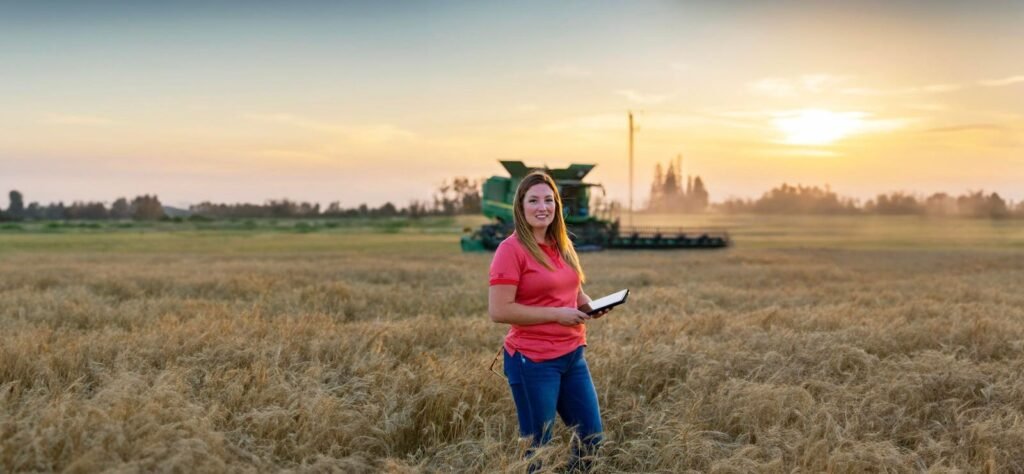The province of Saskatchewan is often referred to as a global source of the commodities the world needs most—food, fuel, fertilizer, and critical minerals. When it comes to food, this is certainly the case. Saskatchewan is known as a reputable exporter of safe, high-quality agricultural products.
The province has more than 40 per cent of Canada’s total farmland and is the largest producer of many pulses, grains, and cereals. Saskatchewan’s pulse sector is the largest in the world. Last year, the province saw over $20 billion in agricultural exports.
Saskatchewan has long been a pioneer in agriculture and agricultural innovations—-many of which are focused on sustainability. For generations, the province’s farmers have been focused on soil health, diversified crop rotations, innovative technology, and providing sustainable solutions. In many cases, these advancements have been pioneered in the fields and pastures of Saskatchewan.
For example, Saskatchewan was one of the first jurisdictions to convert to no-till farming in the 1980s. In 1991, 36 per cent of land seeded to annual crops was done using zero or minimum tillage, minimizing soil disturbance and sequestering carbon dioxide. Today it’s 95 per cent.
That’s the largest application of zero till of any province in Canada, and very likely around the world. Saskatchewan is also where you’ll find 20 million acres of native grasslands—one third of the national total—which also sequesters carbon. Sustainably maintained by ranchers and farmers, it’s estimated that the native prairie is storing between 22 and 86 tonnes of carbon per acre.
On average, Saskatchewan producers sequester about 15.6 million tonnes of carbon annually. That’s almost 95 per cent of the total reported agriculture emissions in the province. It’s the equivalent to taking 3.4 million cars off the road every year.
Saskatchewan is also home to a globally renowned research environment for the agriculture industry. The University of Saskatchewan’s Crop Development Centre, the Global Institute for Food Security, and the Saskatchewan Food Industry Development Centre are all leading the way in developing new technology and innovative advancements. The Crop Development Centre alone has released over 500 new commercial varieties in more than 40 different crop types. This cluster of value-added agricultural facilities also allows businesses to process their products right from raw ingredients to store-ready merchandise.
Another key component in the agriculture sector is fertilizer. Saskatchewan delivers here, too. The province is home to the largest and highest-quality deposits of potash in the world. The potash produced in Saskatchewan is the most sustainably-produced compared to any other jurisdiction. As food security continues to be a priority for countries around the world, Saskatchewan remains a secure, reliable supplier of this critical mineral.
Recently, the province released Securing the Next Decade of Growth: Saskatchewan’s Investment Attraction Strategy, which includes new and expanded incentives for the industry. Saskatchewan offers a suite of incentive programs for businesses in numerous sectors including processing and manufacturing, value-added agriculture, chemical fertilizer, and primary agriculture.
Saskatchewan agriculture products and technologies can be found in nearly every corner of the planet. With nine trade offices across the globe, Saskatchewan is truly here and around the world. Want to discover the full Saskatchewan Advantage? Visit InvestSK.ca.

